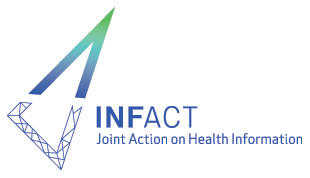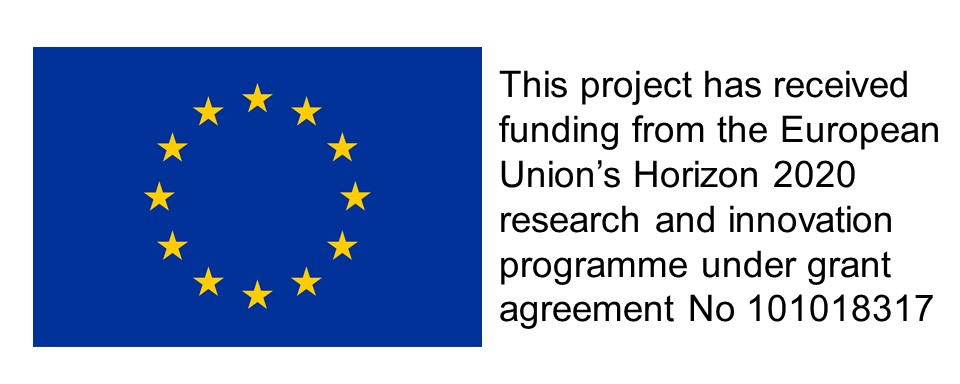Overview
The information flow of the Hospital Discharge database (SDO flow) is the tool for collecting information relating to all hospitalization episodes provided in public and private hospitals throughout the national territory.
Born for purely administrative purposes of the hospital setting, the SDO, thanks to the wealth of information contained, not only of an administrative but also of a clinical nature, has become an indispensable tool for a wide range of analyzes and elaborations, ranging from areas to support of health planning activities for monitoring the provision of hospital assistance and the Essential Levels of Assistance, for use for proxy analyzes of other levels of assistance as well as for more strictly clinical-epidemiological and outcome analyzes. In this regard, the SDO database is a fundamental element of the National Outcomes Program (PNE).
The information collected includes the patient's personal characteristics (including age, sex, residence, level of education), characteristics of the hospitalization (for example institution and discharge discipline, hospitalization regime, method of discharge, booking date, priority class of hospitalization) and clinical features (e.g. main diagnosis, concomitant diagnoses, diagnostic or therapeutic procedures)
Information relating to drugs administered during hospitalization or adverse reactions to them (subject to other specific information flows) is excluded from the discharge form.
The flow of Hospital Discharge Database was established with the decree of the Ministry of Health of 28 December 1991, as an ordinary tool for collecting information relating to each patient discharged from public and private hospitalization institutions throughout the national territory.
- The subsequent Guidelines dated 17 June 1992 provide precise indications on how to compile, codify and manage the SDO flow, defining the medical record as "the who, what, why, when and how of patient care during hospitalization" and attributing to the SDO medical-legal relevance like the medical record, of which it forms an integral part.
- The decree of 26 July 1993 governs the flow of information on hospital discharges, defining in particular the information that constitutes an “information debt” towards the Ministry of Health and defines the relative methods of transmission; the aforementioned Ministerial Decree also establishes that starting from January 1, 1995, the SDO flow replaces the pre-existing survey of hospital activity that was carried out with the ISTAT / D10 model.
- Subsequently, the ministerial decree of 27 October 2000, n. 380, updated the information content of the SDO, expanding the record layout and adopting the classification ICD-9-CM version 1997 (International classification of deseases, Clinical modification) for the coding of diagnoses and diagnostic and therapeutic procedures, replacing the previous one. ICD9 classification.
- The ICD-9-CM classification was again updated with the d.m. November 21, 2005, adopting the 2002 version starting from January 1, 2006, and subsequently by the Ministerial Decree 18/12/2008, which adopted the 2007 version starting from 1 January 2009. This last decree also introduced the biennial updating of the classification systems adopted in the Hospital Discharge Form, namely the ICD-9-CM classification and the DRG system.
- The Ministerial Decree 8 July 2010, n. 135, finally, has further expanded the information content of the SDO flow, also modifying the periodicity of data transmission, previously half-yearly and now quarterly for the year 2010 and monthly starting from the year 2011.
The need to standardize the compilation and coding of the information contained in the SDO among the hospital operators remains an important objective for the increasingly important use of the information flow for management, scheduling and epidemiological aspects. For this reason, various guidelines have been produced over time to specify the correct methods for compiling the clinical information contained in the Hospital Discharge Form.
In addition to the aforementioned 1992 Guidelines, the Circular of 23 October 2008 was produced, approved by the Control Room of the New Information System, in the session of 9 July 2008, containing "Instructions for the compilation and codification of the personal and administrative information contained in the national route of the SDO "; subsequently, with the State-Regions Agreement of 29 April 2010, a further update of the guidelines for the coding of clinical information in the Hospital Discharge Card was outlined.
The ministerial decree n. 261 of 07/12/2016 has made numerous changes to the flow of Hospital Discharge Forms, considerably expanding the information content. Among the main innovations, the possibility of tracing the internal transfers of the patient between the different operating units (disciplines and departments), with date and time of admission, transfer and discharge, the possibility of knowing if one or more diagnoses were already present at the time of the hospitalization, the possibility of tracing (in compliance with current legislation to protect privacy) the surgical team that performed the operations, as well as numerous more purely clinical information.
The D.M. 261/2016 also modified the ways in which the information flow is transmitted by the Regions and Autonomous Provinces to the Ministry of Health, adopting the "xml" format to replace the previous "text" format. A specific functional specification document (pdf, version 1.6.9 of 02 May 2020) describes in detail all the fields of the new record layout, the methods of compilation and the permitted values. XML schemas (XSD - XML Schema Definition) are also available for validating SDO data in the new XML format of the PERSONAL (xsd) and RICOVERI (xsd) layout.
Public funding
Demographics
Dataset
Mainly restricted to administrative purposes (National Health System)
Contact
Ufficio 6 - Monitoraggio e verifica dell'erogazione dei LEA e dei Piani di rientro, Viale Giorgio Ribotta, 5 - 00144 Rome, Italy





